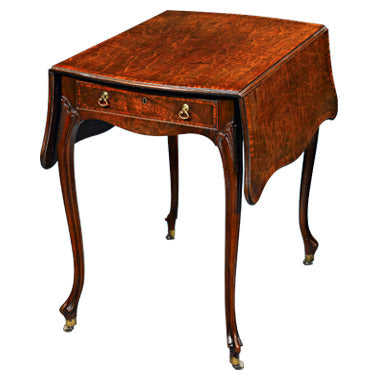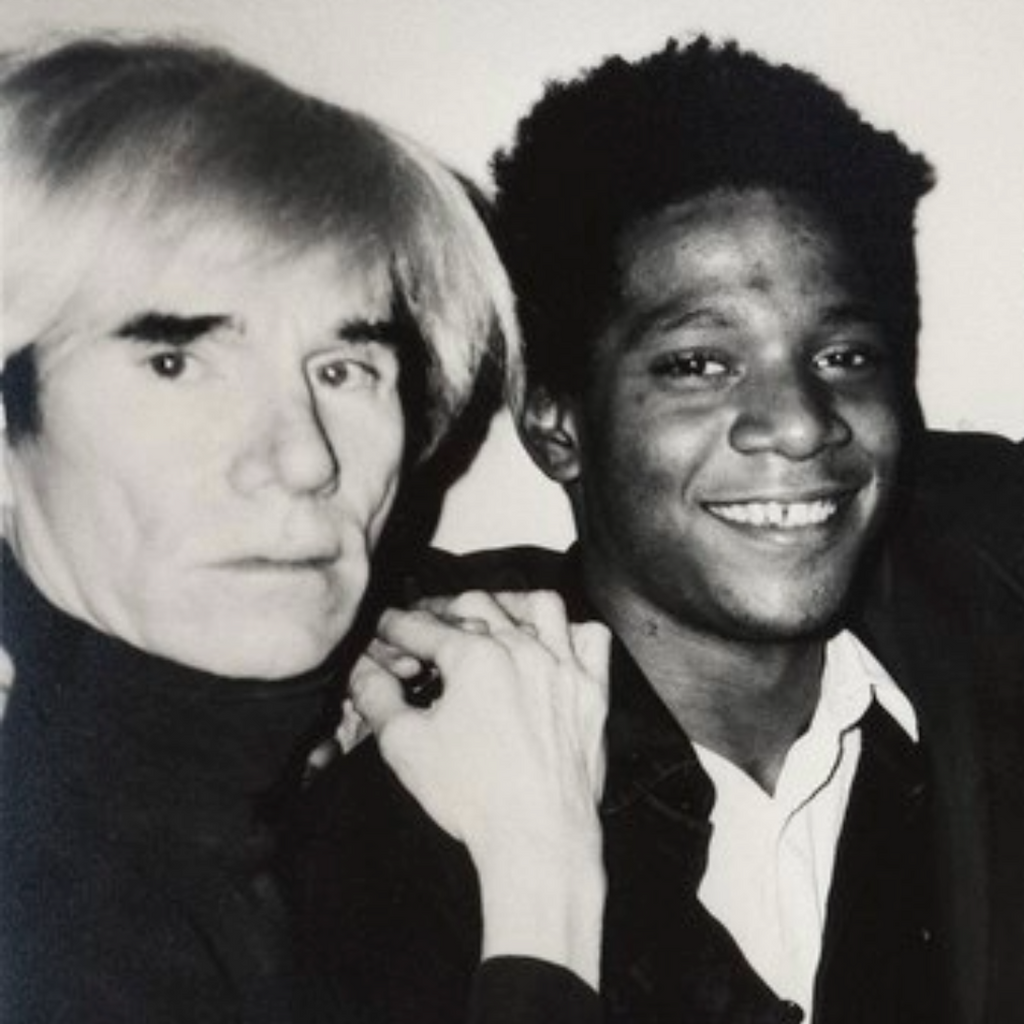"You will almost certainly run out of room before you run out of money."
Most young collectors, and even the seasoned veterans, look incredulous when they hear this for the first time. Surprising as it may seem, in most cases, this statement is 100 percent true.

American Silver Creamer by Paul Revere
Cabinets will swell, mantels will overflow and floor space will disappear, all filled with the treasured items collected over a period of years. And, ironically, this overflow seems to happen at just about the time that most people are in a position to afford to add important pieces to their collections. That's when the inevitable happens—you see the perfect piece, the one you have searched for or couldn't afford before and—you pass it by. Was the price too high? No, not really. Was the piece damaged in any way? Well, no. Then why do so many people let such a golden opportunity pass them by? The answer will sound all too familiar to many collectors: "We simply don't have any room for it!"
Making room for more important pieces in a collection is a bittersweet task, but an inevitable one that will keep a collection fresh and interesting. Most collectors have a hard time letting go of anything they have acquired. Fond, and sometimes no so fond, memories are rekindled by an item and parting with it can be difficult. It's the nature of collecting, especially if pieces in your collection are tied to wonderful vacations, were serendipitous finds on an outing or were a gift from a loved one.
Keep in mind, however, improving a collection often means letting go. Trade the least valuable piece in your collection for one more valuable and you will be duly rewarded, not only with a better collection but also with a renewed vigor for collecting. Of course, if a piece in your collection came from your mother-in-law, who visits often, for the sake of family harmony, you might consider carefully before trading it in (or you might not!).
How to trade up

"Falaise" by Claude Monet
There are several ways to sell pieces from you collection and with the advent of Internet auction services, the number of venues for selling is ever increasing. You will want to do your research, however, when selecting a venue in order to maximize the return on the piece you are auctioning.
By far the easiest and most reliable way to sell your item is to return it to the dealer from whom you purchased it. Any reputable dealer should take back a piece in trade against a better item. In fact, most quality dealers encourage their clients to upgrade their collections in this manner. Even though the returned item may be of a lesser quality and harder to resell than the one purchased, making a customer happy and improving their collection is their goal in the long run. Even if you did not purchase your trade-in item from the dealer who possesses the item you are seeking, ask if they will accept a piece in trade, you will find that some dealers are willing to do this. You can also run your item through an auction house. Most auctions will take pieces on consignment, and many will let you set the lowest limit at which you will allow the piece to sell. Unfortunately, the prices realized at auction can be unpredictable and lower-grade pieces often perform below expectations. Again, do your research. Try to find an auction house that perhaps specializes in the type of item you are selling, or at least one that has a reputation for producing acceptable returns for their clients.
Online auctions such as Ebay are an extremely popular way for private collectors to sell their pieces, though high returns are rare and results can be sporadic. Again, know your market. Ebay sells everything from junk to jewels and you don't want your item to get lost in the millions of items up for sale. There are numerous books on effectively selling on Ebay and other online auctions. Read the fine print and be sure to place your item appropriately. Do not be discouraged, however, if you have to take a bit of a loss on a lower-grade piece. You will be more than adequately rewarded by the appreciation of the finer pieces you replace it with when you upgrade.
Finally, your children may be the perfect outlets for clearing out cabinet and floor space. Many children are more than happy to continue the collecting traditions started by their parents and are ready recipients for the pieces you now want to upgrade.
Knowing when to upgrade

The Thomas Chippendale Pembroke Table
Generally, space becomes the driving force behind upgrading a collection. When you literally can't place another item in your home—it's time. If you are a painting collector and you find yourself hanging paintings one on top of the other, or their frames are literally touching— it's time! Many collectors know it's time when they simply lose the passion for what they are collecting.
So you've made to decision to improve your collection, or you've decided to start a collection. For beginners and even long-time collectors, one piece of advice is indispensable—be discriminating. Look for the best piece you can possibly afford. It is better to spend $10,000 on a single incredible piece than to spend $1,000 each on 10 pieces of average quality.
It is far better to have empty space than to try to quickly fill out a collection with below-average pieces. Be patient and wait for the right piece to become available. It will cost more for rare and important items, but you will certainly be happier with it in the long run. Higher-grade items will also certainly appreciate more in value over the years, leaving you better off financially as well.
You might ask what criteria must a piece meet in order to be a part of a fine collection? Always ask yourself these seven simple questions:
1. Is the piece in question aesthetically pleasing? Of course, depending on what you are collecting, beauty is in the eye of the beholder, but no matter what, an item must appeal to you aesthetically no matter how important or rare it might be.
2. Is the item in good condition? In most cases, chips, cracks and missing pieces will certainly detract from the value of an item, unless the item's provenance or rarity is outstanding.
3. Is it rare? Remember, value is often directly proportionate to an item's rarity.
4. Was the item crafted by a well-known or respected maker? If the maker is not known, is the quality of the work exceptional?
5. Is there a known provenance? Knowing who owned a piece in the past, especially if that owner was well known, can add a great deal of value to a piece. Ask for documentation to prove authenticity.
6. Is the item something a museum would be proud to own?It may sound corny, but the words museum-quality, when used appropriately, are very strong words to a collector.
7. Finally, and perhaps most importantly, is the item one that you would be proud to own? Pride in acquiring and owning a high-quality piece is the key ingredient to keeping the passion for collecting alive.
If you answer yes to most of these seven questions, you can be confident that trading places to make room for this item is worthwhile. Years down the road you will be glad you did.







